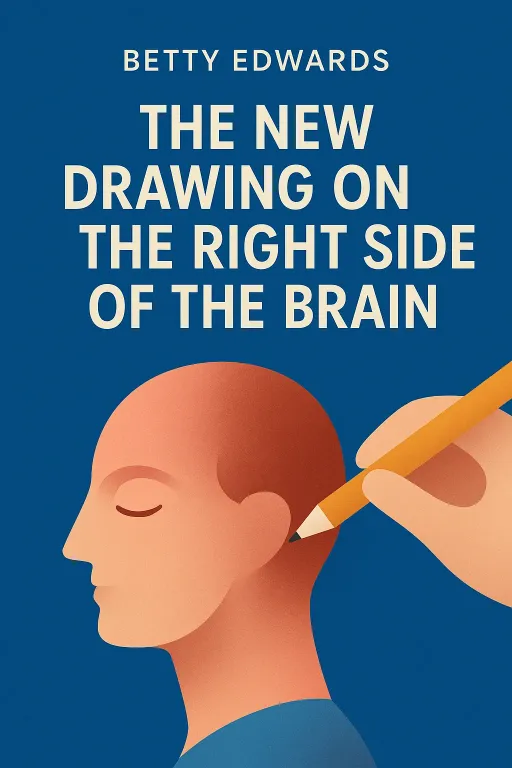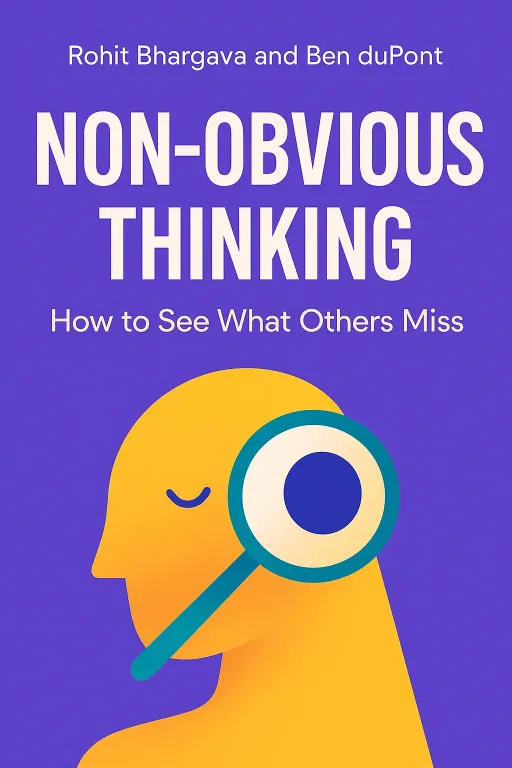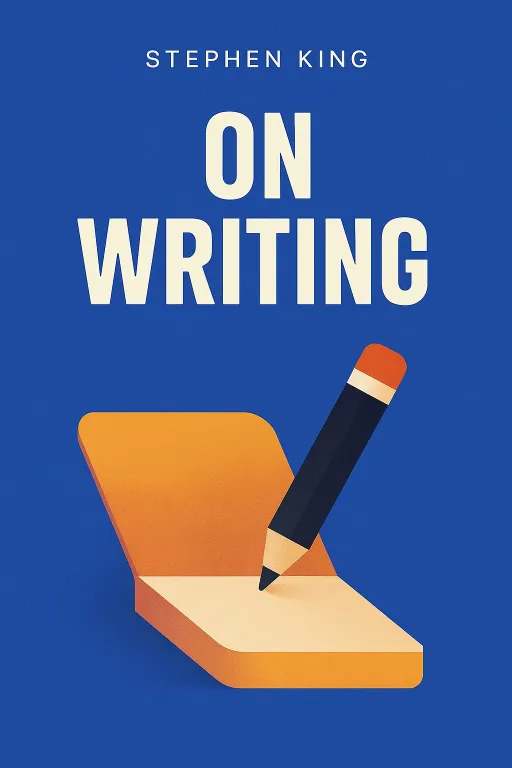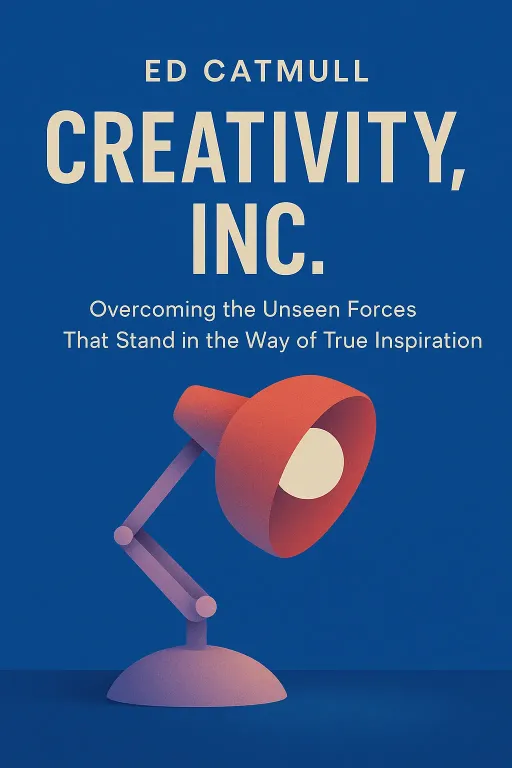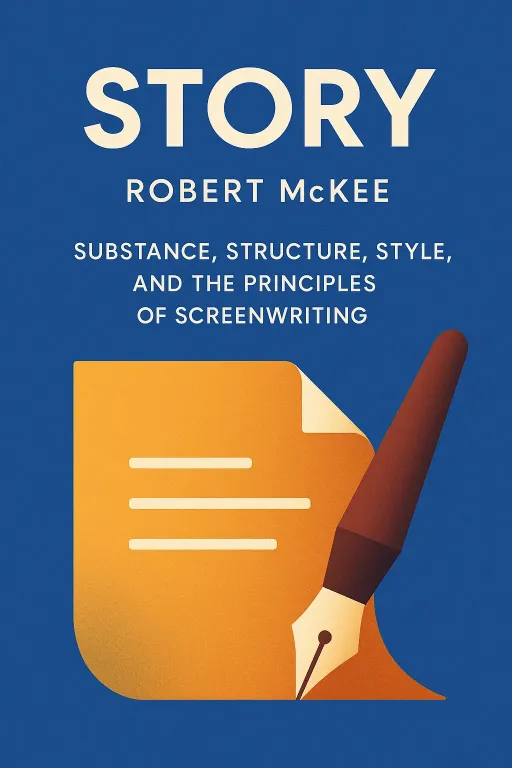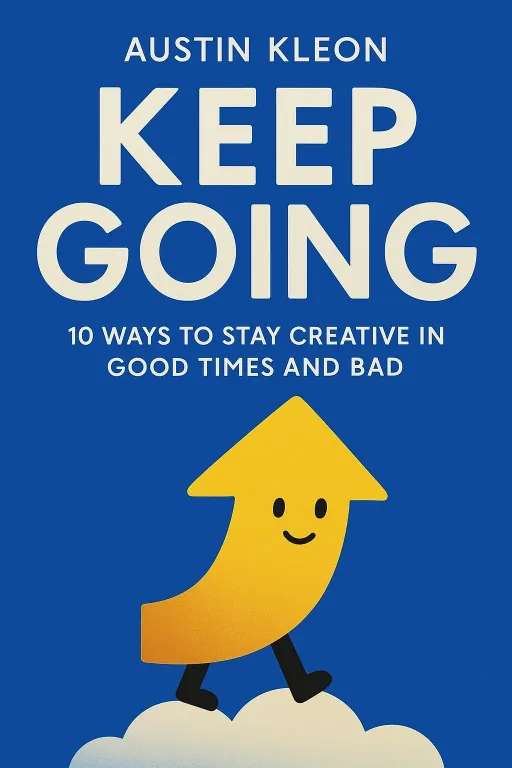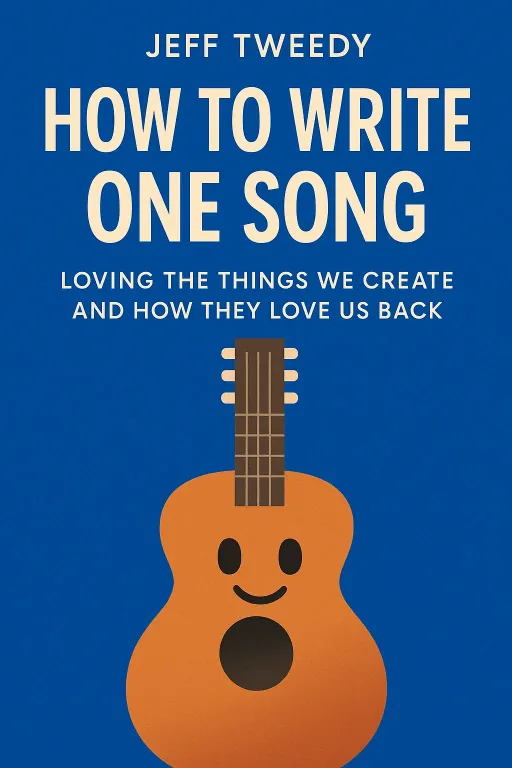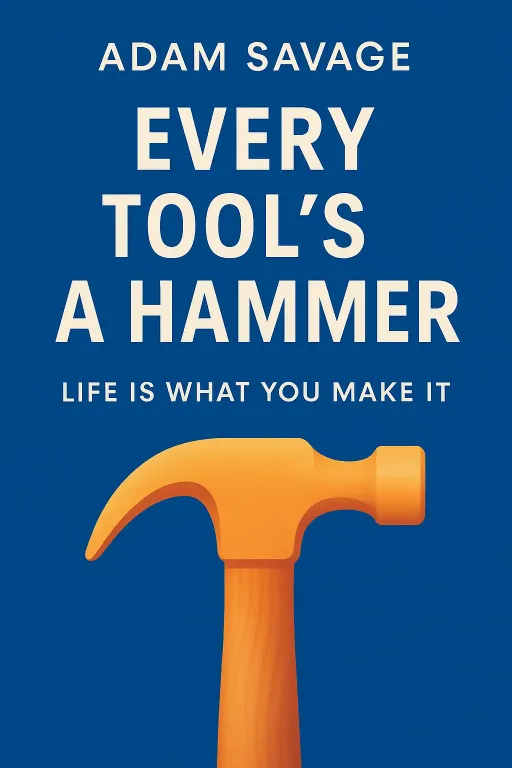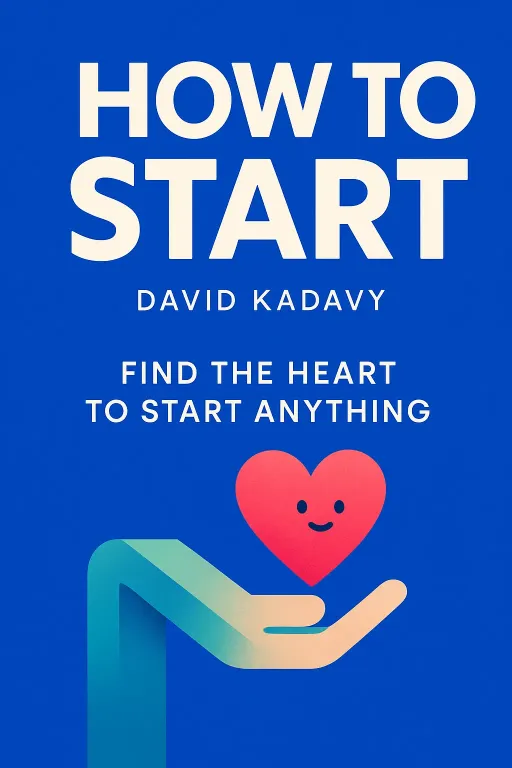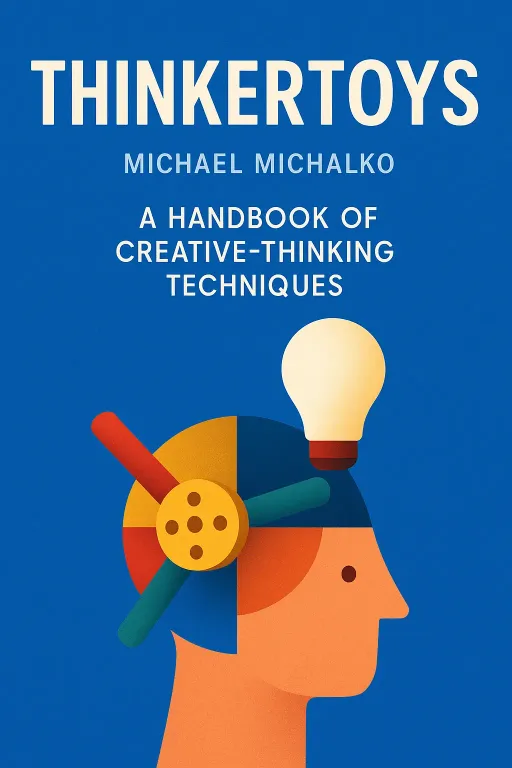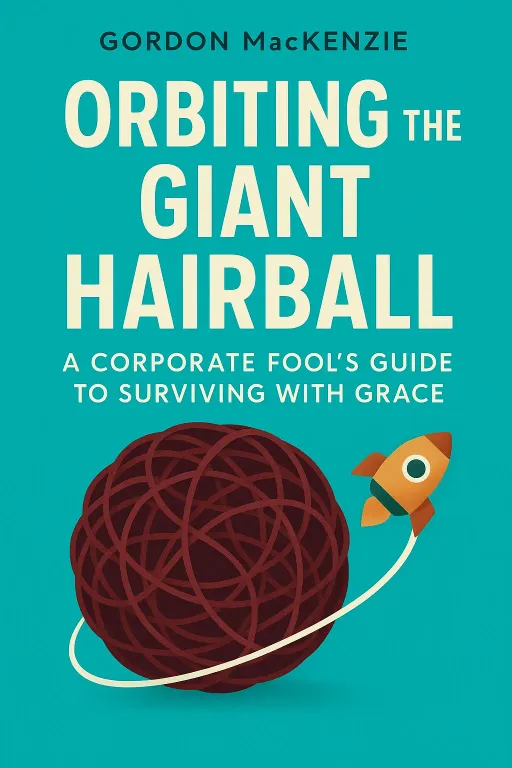
The Leader's Orbit: How to Foster Creativity in a World of Rules
9 minGolden Hook & Introduction
SECTION
Atlas: Let me ask you something. Go into any first-grade classroom and ask, 'How many of you are artists?' Every hand shoots up, bursting with pride. Now, go to a second-grade class. Half the hands. By sixth grade? Maybe one or two, and they're hesitant, looking around. What happens in those few years? Gordon MacKenzie, in his brilliant book, argues that our systems—starting with school—are designed to tame our inner 'fool,' our raw creative genius. And that process doesn't stop at graduation. It gets supercharged in the corporate world, creating what he calls the 'Giant Hairball.'
Amanda: That's a powerful and, honestly, heartbreaking observation.
Atlas: It is. And it's why we're here. Today, we're going to tackle this from two perspectives. First, we'll diagnose the problem: what the 'Giant Hairball' is and how it quietly smothers creativity. Then, we'll explore the elegant solution: the art of 'Orbiting,' and how you, as a leader, can create these pockets of innovation within your own organization. I'm your host, Atlas, and I'm thrilled to be joined by Amanda, an Operations Manager in the education sector, where this tension between structure and creativity is a daily reality. Amanda, welcome.
Amanda: Thanks, Atlas. That opening story hits very close to home. In education, we talk a lot about fostering creativity, but the pressures of standardized testing and rigid curricula can feel like they're doing the exact opposite. It's a constant battle.
Deep Dive into Core Topic 1: The Hairball Effect: How Good Intentions Create Creative Cages
SECTION
Atlas: It's the perfect place to start. MacKenzie says this is where the 'Hairball' begins to form. He uses this fantastic metaphor to describe any large organization. Picture a giant, tangled ball of hair. Each hair is a policy, a procedure, a past success, a rule, a bit of corporate culture. It all starts with good intentions. He tells the story of Hallmark Cards. In 1910, an 18-year-old named J. C. Hall arrives in Kansas City with nothing but two shoeboxes of postcards and an idea. He builds an empire on pure creative instinct.
Amanda: The classic entrepreneurial start. All passion and vision.
Atlas: Exactly. But fast forward 80 years. Every one of those brilliant, intuitive decisions has been codified, analyzed, and turned into a policy. The result? A 'Giant Hairball'—a massive, tangled entity with its own 'Corporate Gravity' that pulls everyone and everything toward the center, toward 'Corporate Normalcy.' Original thinking gets crushed.
Amanda: That's the paradox of being an Operations Manager, isn't it? My role is to build systems for efficiency and scale—to create 'Corporate Normalcy,' in his words. But you have to be so careful that those systems don't become a cage. The 'Hairball' is what happens when the system forgets it was created in the first place. It becomes about perpetuating the system itself, not the mission.
Atlas: And people get trapped. MacKenzie tells this hilarious but unsettling story from his father's childhood on a farm. His cousin shows him how to 'mesmerize' a chicken. You ready for this?
Amanda: I am. This sounds wild.
Atlas: He takes a hen, holds its beak to a chalk line drawn on the porch, and after a moment, the chicken is just... frozen. Staring at the line. They proceed to do this to the entire henhouse, lining up dozens of 'hypnotized' chickens on the porch just as the reverend arrives for Sunday dinner.
Amanda: Oh no! I can only imagine the chaos.
Atlas: Total chaos. The uncle is mortified and starts kicking the chickens to wake them up. But the metaphor is what's so brilliant. MacKenzie says this is what happens to new employees. They're sat down and shown the 'chalk line': "This is our history. These are our policies. This is how we do things here." And before you know it, you're mesmerized, afraid to step off the line.
Amanda: That's such a powerful image. The 'chalk line' is the job description, the annual review metrics, the unwritten rules of a meeting. As a leader, it forces you to ask: am I drawing lines that hypnotize my team into compliance, or am I drawing lines that give them a playground to explore within? The intent matters, but the effect is what we live with.
Atlas: And that's the core of the problem. We're all born geniuses, but we get mesmerized by the chalk lines. So, what's the way out? It's not about destroying the system.
Deep Dive into Core Topic 2: The Art of Orbiting: Leading from the Edge
SECTION
Atlas: Exactly. And that's the perfect pivot. Because MacKenzie's solution isn't to burn the Hairball down. It's to learn how to it. And he gives us a fantastic role model for this in Chapter Three.
Amanda: Okay, so we've diagnosed the disease. What's the cure?
Atlas: The cure is a man named Robert McCloskey, or 'Big Pink.' He ran Hallmark's Contemporary Design department, which MacKenzie describes as an anomaly—an orbit of eccentricity and 'kindergarten chaos' within the very formal, grey corporation. J. C. Hall, the founder, apparently hated their renegade products, but they were so profitable he couldn't shut them down.
Amanda: So it was a protected bubble of innovation. How did McCloskey manage it?
Atlas: MacKenzie calls him a 'jolly, inscrutable, business buddha.' He didn't manage; he guided. He knew his team was full of creative renegades. When they would go off on a wild tangent, he wouldn't pull them back. Instead, he'd use a story or a parable to gently 'nudge' their tangent into a productive 'Orbit'—an exploration that was still connected to the company's mission but far from the Hairball's core. He was a master of responsible creativity.
Amanda: I love that. He's not a micromanager; he's a protector of the creative space. He provides psychological safety. That's a leader's highest calling, especially in a structured environment like a university or a large school district. You're not just managing tasks; you're cultivating an environment where new ideas can survive.
Atlas: And it redefines the role of a follower, too. MacKenzie uses another great metaphor: waterskiing. The leader is driving the boat. The follower is the skier. A passive follower just gets dragged through the wake. But a follower learns to ski outside the wake. They can feel the pull of the rope, they're still connected to the boat's mission, but they're carving their own path, finding smoother water, and sometimes, they're so far out they're actually ahead of the boat, leading the way.
Amanda: That is so liberating. It reframes my entire role. My job is to be the boat driver, ensuring we meet our operational goals. But this idea of 'dynamic following' means I don't have to have all the answers. I just need to be a secure enough leader to let my team 'ski outside the wake' and trust they might find a better path. It's about empowering them to lead from where they are.
Atlas: You got it. He says the real energy of an organization comes from dynamic following, not just dynamic leadership.
Amanda: So how does a leader practically that? How do you 'nudge' without controlling? How do you create a culture where people feel safe enough to ski outside the wake?
Atlas: I think it comes down to one of the book's final, and most powerful, ideas. It's not a technique. It's a mindset.
Synthesis & Takeaways
SECTION
Amanda: Okay, I'm ready.
Atlas: It's the idea of 'letting go.' In one of the last chapters, MacKenzie tells a story about being in a roadside diner and seeing a dog under a pool table. It's completely motionless, and he's worried it's stuffed. But then its tail wags. He goes to investigate and finds the dog has its mouth clamped around a pool ball stuck in the table's ball trough. It's a prisoner of its own desire. It can't let go of the ball.
Amanda: Wow. And the lesson is... if we don't let go, we make prisoners of ourselves. That's... profound. We get stuck on 'the way it's always been done,' a specific metric, a past grievance, and we become that dog under the table. As a leader, my job is to help my team—and myself—let go of the ball.
Atlas: That's the whole thing. The Hairball provides stability, resources—it's the 'boat.' But the real energy, the innovation, happens in the Orbit, on the edge. The goal is to be connected, not contained. And that requires the courage to let go of the certainty of the chalk line.
Amanda: It's a continuous process, too. He says letting go is like breathing; you can't just do it once. You have to do it again and again, or your creative spirit passes out.
Atlas: So for everyone listening, especially those in leadership roles like you, Amanda, here's the challenge from the book. MacKenzie says we all have a masterpiece inside us that only we can create. So, the question is: What is the one masterpiece only you can paint? And more importantly, what 'pool ball'—what old strategy, what fear, what rigid process—do you need to let go of to start creating it?
Amanda: That’s a question that will stick with me for a long time. It’s not about fighting the system, but finding the grace to dance with it. Thank you, Atlas. This was incredibly insightful.
Atlas: The pleasure was all mine. A perfect orbit.
